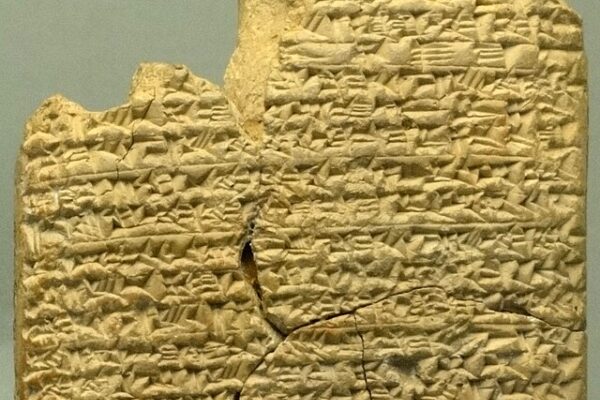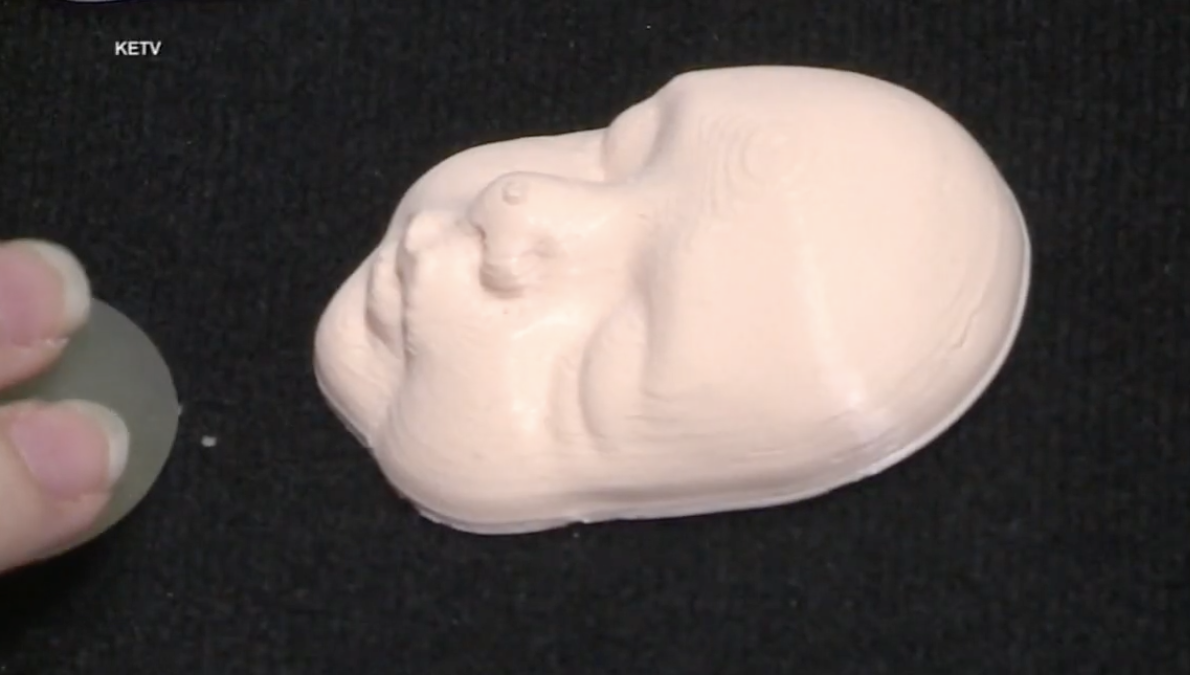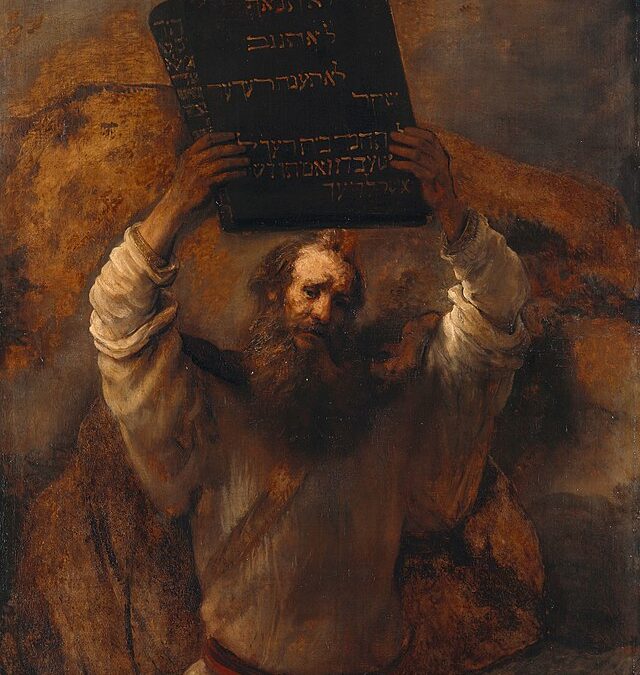
Across the globe, there are only a handful of scholars that have the ability to translate tablets that are often found on archeological digs in the Middle East. Their messages are often left unknown as they sit in archives because there aren’t enough people to translate them from the original Akkadian, an ancient language spoken in Mesopotamia millennia ago.
One of the oldest written languages known to us, people used a special way of writing called cuneiform, where wedge-shaped marks were made on clay tablets to discuss things like government, religion, and literature.
Akkadian was like a common language that many people understood, and it helped with communication between different groups. People wrote important texts in Akkadian, like stories, laws, and historical records. It was used during the time of the Akkadian Empire and later during the Babylonian period.
Today, Akkadian is considered a dead language. However, with AI’s help, the past’s secrets may soon be revealed.
A new Google Translate-type program may allow armchair archaeologists to try their hand at cuneiform interpretation, writes the Times of Israel.
“What’s so amazing about it is that I don’t need to understand Akkadian at all to translate [a tablet] and get what’s behind the cuneiform,” said Gai Gutherz, a computer scientist who was part of the team that developed the program. “I can just use the algorithm to understand and discover what the past has to say.”
The project began as a thesis project for Gutherz’s masters degree at Tel Aviv University. In May, the team published a research paper in the peer-reviewed PNAS Nexus, from the Oxford University Press, describing its neural machine translation from Akkadian to English.
Neural machine translation, also used by Google Translate, Baidu translate, and other translation engines, works by converting words into a string of numbers, and uses a complex mathematical formula, called a neural network, to output a sentence in another language in a more accurate and natural sentence construction than translating word-for-word.
Gutherz is excited about the prospect of his research. He said, “Translating all the tablets that remain untranslated could expose us to the first days of history, to the civilization of those people, what they believed in, what they were talking about, what they were documenting.”
The team also believes that the public can help them. The team has shared its open-source research online. They hope experts who work on other dead languages will create their own translation programs and bring other lost cultures back to life.
Who’s ready to learn some new recipes from ancient Babylonians?
[Read More: These Plumbers Thought About Retiring After This]










Apply AI to all Sciences: Medical, Eng, Physics, etc A-Z